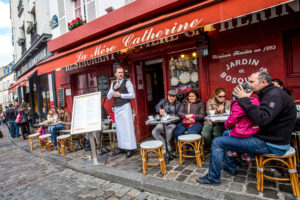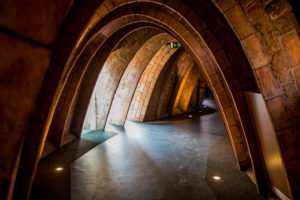
Casa Mila, Barcelona
Casa Mila is the last private residence designed by architect Antoni Gaudí and perhaps his most iconic.
Rotate to landscape to view slideshow
Now a museum, Monastery of Pedralbes displays art works collected by the monastery since its inception in the 14th century and also hosts temporary exhibitions.
It is a quiet spot, at least it was on the day we visited. You can stroll around the collonaded cloisters and spend a bit of time in the garden.
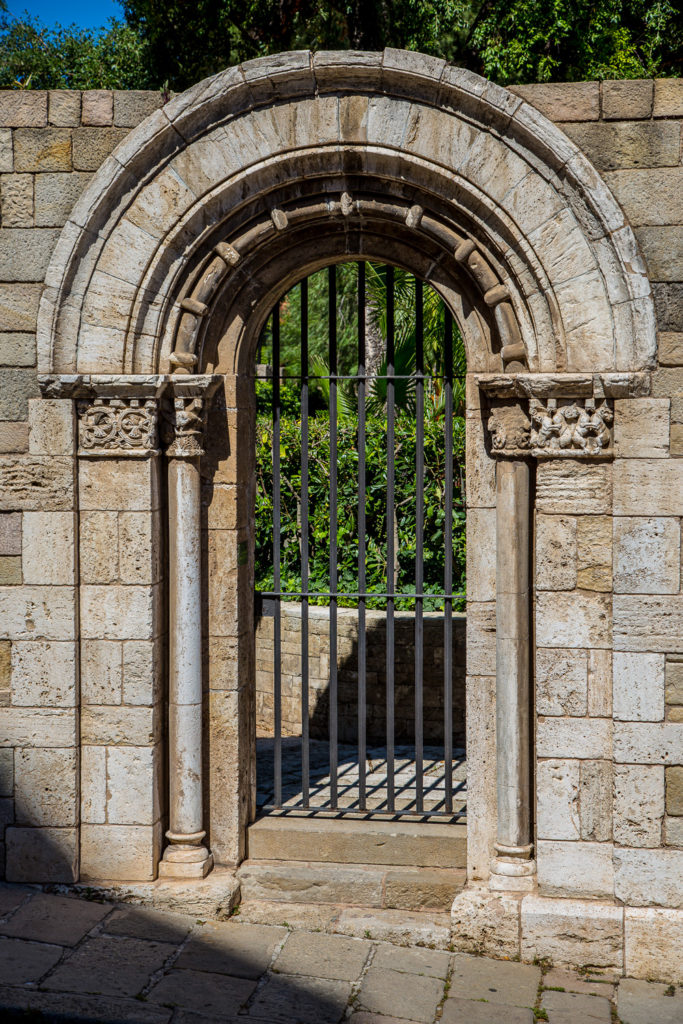
I’m not sure how many renovations and extensions have been carried out since the monastery was founded in 1327 by Queen Elisenda de Montcada as a home for the Poor Clare Sisters, an order of Franciscan nuns.
What you see here now is reportedly the largest Gothic colonaded cloister, the small cells where the nuns secluded themselves, a chapel with 14th Century frescoes (St Michael’s Chapel), the dormitory and kitchen – all draped around the quiet central garden where, if you are in the mood, you can pause and do your own reflections.
The frescoes in St Michael’s Chapel have recently been restored. You can watch a fascinating video and read an article about the restoration.

Casa Mila is the last private residence designed by architect Antoni Gaudí and perhaps his most iconic.
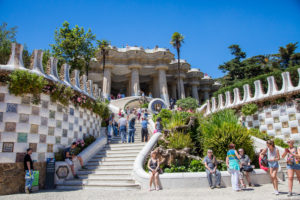
The park was originally intended as a sub-division for the wealthy and architect Gaudi was hired to design the layout. Now it’s a park.

Near Barcelona’s harbour is the Maritime Museum. The displays include historic vessels, exhibitions, archived pictures, and maps., .

The Marché aux Fleurs on Isle de la Cité is one of the last remaining flower markets in Paris.
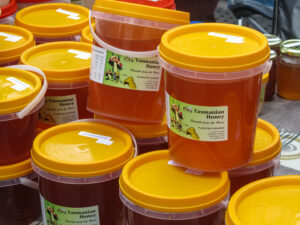
Hobart’s renowned open air market was established in 1972 so it’s coming up for its 50th Anniversary.
